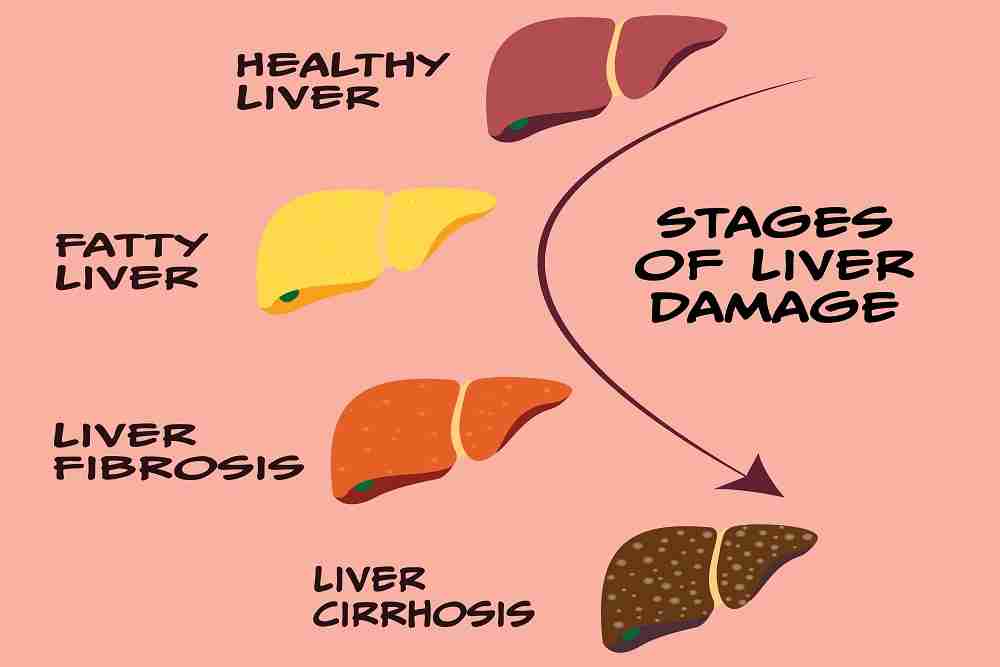Our liver is the largest abdominal organ and weighs around one and a half kilos (around 3 pounds). Despite its homogenous appearance, it carries more diverse functions than any other organ in the body. It is also a highly regenerative organ that can quickly fix most damage that occurs to its cells -which happens on a daily basis-. The wide variety of liver functions is why liver disease can present a wide range of symptoms and manifestations. According to several studies, over 1% of the US population suffers from chronic liver disease. Several factors contribute to this high prevalence. Liver disease is not only a disabling condition for the patient, managing chronic liver disease patients is costly both to the patient’s family and on the public health level. Avoiding liver disease and detecting it early on can significantly change the lives of those at risk.
Understanding how the liver disease progresses:

The liver disease starts with acute changes in the cells as inflammation, which can last for up to 6 weeks. Afterward, the inflammation becomes chronic, and more permanent changes take place. The end result of this process is cirrhosis, which means that the intricate architecture of the liver changes to an amorphous mass of cells, causing increased pressure of the blood flowing through the liver, also called portal hypertension.
Read Also:
- 17 Foods That Are Good for Your Liver
- Liver Cirrhosis Symptoms I 12 Warning Signs Of Liver Cirrhosis
- Alcoholism | Common Symptoms, Signs, Causes, Diagnosis, Risk Factors, Complications, and Treatments
- 16 Foods to Avoid for Kidney Health
- Low Sodium Foods | Top 20 Low Sodium Foods | List for How to Start a Heart-Healthy Diet
The end process of cirrhosis is liver cell failure and death. In general, humans can’t survive for more than 24 hours without a functioning liver. Another possible outcome is the development of liver cancer which is also fatal. However, the time-lapse between the onset of acute liver injury to liver cell failure can be more than 3 decades. This long period reflects the liver’s ability to regenerate until its capacity is reached.
